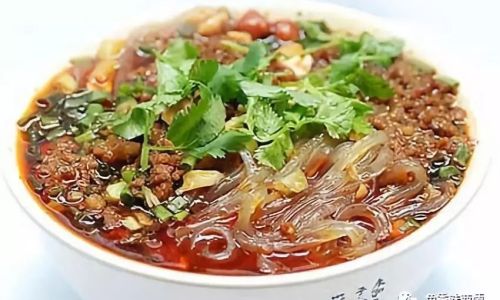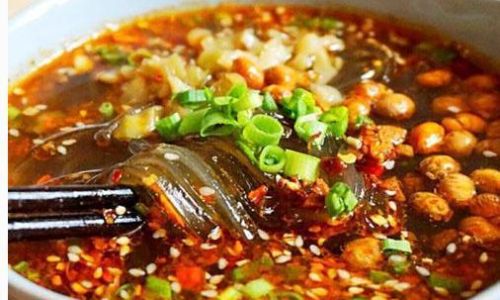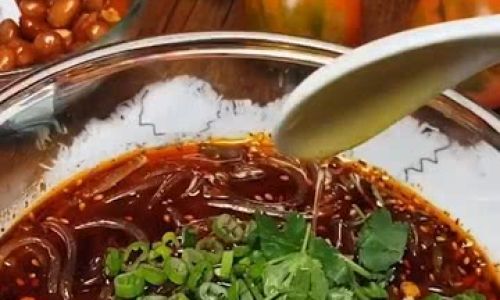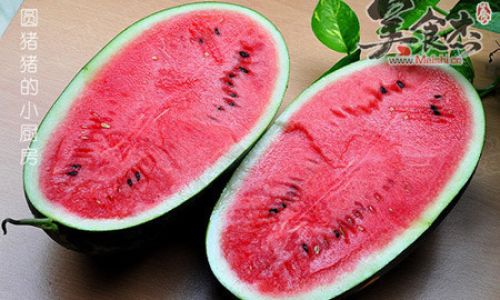Introduction

In the vast culinary landscape of China, regional dishes often steal the spotlight with their unique flavors and cooking techniques. Among these, Spicy and Sour Noodles, commonly known as Suanla Fen, stands out as a beloved street food that combines the fiery heat of chili peppers with the tangy zest of vinegar. This dish, originating from Sichuan Province, has transcended geographical boundaries and become a favorite among food enthusiasts worldwide. But how does one create a bowl of Suanla Fen that truly sings on the palate? This comprehensive guide delves into the intricacies of making this delightful dish, ensuring that every bite is a symphony of flavors.
Understanding the Basics
Before diving into the recipe, it’s crucial to understand the fundamental components of Suanla Fen. The dish primarily consists of noodles, broth, toppings, and the signature spicy-sour sauce. The noodles are typically made from potato starch or rice flour, giving them a slippery, bouncy texture. The broth, often a simple combination of water and seasoning, serves as the base that brings all the flavors together. Toppings can range from meat like pork or beef, to vegetables such as bean sprouts, peanuts, and green onions. However, the true heart of Suanla Fen lies in its sauce, a blend of chili oil, vinegar, garlic, sesame paste, and soy sauce, which creates the perfect balance of spicy, sour, savory, and umami.
Selecting the Right Noodles
The first step in crafting a delicious bowl of Suanla Fen is choosing the right noodles. While traditional Sichuan-style noodles made from potato starch are ideal, rice noodles or even thin wheat noodles can be used as substitutes. The key is to find noodles that are firm yet tender, capable of absorbing the flavors of the broth and sauce without becoming mushy. Fresh noodles are preferable, but dried noodles can also work if cooked properly. When cooking, ensure the noodles are al dente, as overcooking will rob them of their texture and flavor.
Crafting the Broth
The broth is the backbone of Suanla Fen, providing a subtle yet essential foundation for the dish. While some recipes call for a complex broth made from chicken or pork bones, a simpler version using water, soy sauce, and a touch of MSG (optional for enhanced flavor) can suffice. To add depth, consider simmering a few aromatics such as ginger, garlic, and star anise in the water before adding the soy sauce. This will infuse the broth with a subtle, fragrant aroma that complements the other ingredients.
The Art of Making Chili Oil

Chili oil is the soul of Suanla Fen, responsible for its fiery heat and rich, roasted flavor. Making chili oil at home is relatively straightforward but requires patience and attention to detail. Start by toasting a blend of red chili flakes and whole red chilies in a dry pan until fragrant. Be careful not to burn them, as this will impart a bitter taste. Once toasted, transfer the chilies to a heatproof bowl and pour hot vegetable oil over them, stirring to ensure even coverage. Allow the oil to cool completely before using, as this allows the flavors to meld together. For an extra layer of complexity, consider adding a few slices of fresh ginger, garlic, and star anise to the oil while it’s heating.
Balancing the Spicy and Sour Sauce
The spicy-sour sauce is where the magic happens in Suanla Fen. It’s a delicate balance of chili oil, vinegar, garlic, sesame paste, soy sauce, and sugar (or a sweetener like honey). The vinegar provides the tang, while the chili oil brings the heat. Garlic adds a savory depth, sesame paste contributes a nutty richness, and soy sauce rounds out the flavors. Sugar is crucial here, as it helps to balance the acidity of the vinegar and the heat of the chili, creating a harmonious blend. Start by mixing small amounts of each ingredient and taste frequently, adjusting as necessary until you achieve the perfect balance.
Adding Toppings and Garnishes
Toppings and garnishes elevate Suanla Fen from good to great. Pork or beef slices, cooked tender and seasoned with soy sauce and starch, add a meaty richness to the dish. Bean sprouts and green onions provide crunch and freshness, while peanuts or sesame seeds add a nutty crunch and a touch of healthy fats. Don’t overlook the importance of fresh herbs like cilantro or parsley, which can brighten up the dish with their herbal notes. For an extra layer of flavor, consider adding pickled vegetables or a drizzle of Sichuan pepper oil, which adds a unique, tingling sensation to the palate.
Putting It All Together
Now that you have all the components ready, it’s time to assemble your bowl of Suanla Fen. Begin by cooking the noodles according to package instructions, then drain and rinse them under cold water to prevent sticking. Place the noodles in a serving bowl and ladle in enough broth to cover them. Add a generous amount of spicy-sour sauce, followed by your chosen toppings and garnishes. Drizzle with chili oil and a splash of vinegar if desired, then mix gently to combine.
Serving and Enjoying

Serve your Suanla Fen hot, ideally with chopsticks and a spoon for ease of eating. Encourage your guests to customize their bowls by adding more chili oil, vinegar, or toppings as they prefer. As you take your first bite, allow the flavors to meld on your palate: the fiery heat of the chili oil, the tangy zip of the vinegar, the savory richness of the broth, and the crunchy, fresh toppings all working in harmony.
Exploring Variations and Innovations
While traditional Suanla Fen is a delight on its own, there’s no shortage of ways to innovate and personalize this dish. Consider adding seafood like shrimp or squid for a coastal twist, or incorporating vegetables like tofu or mushrooms for a vegetarian option. Experiment with different types of vinegar, such as rice vinegar or balsamic, to see how they change the flavor profile. For a creamier version, try adding a dollop of yogurt or sour cream to the mix. The possibilities are endless, and the joy of cooking Suanla Fen lies in discovering your unique flavor combinations.
Conclusion
Making delicious Spicy and Sour Noodles (Suanla Fen) is an art that combines precision, creativity, and a love for food. By understanding the basics, selecting high-quality ingredients, and carefully balancing the flavors, you can create a bowl of Suanla Fen that is not only satisfying but also memorable. Whether you’re serving it to friends and family or enjoying it as a solo treat, this dish promises to delight the senses and warm the soul. Happy cooking, and may your Suanla Fen journey be filled with delicious discoveries!






0 comments